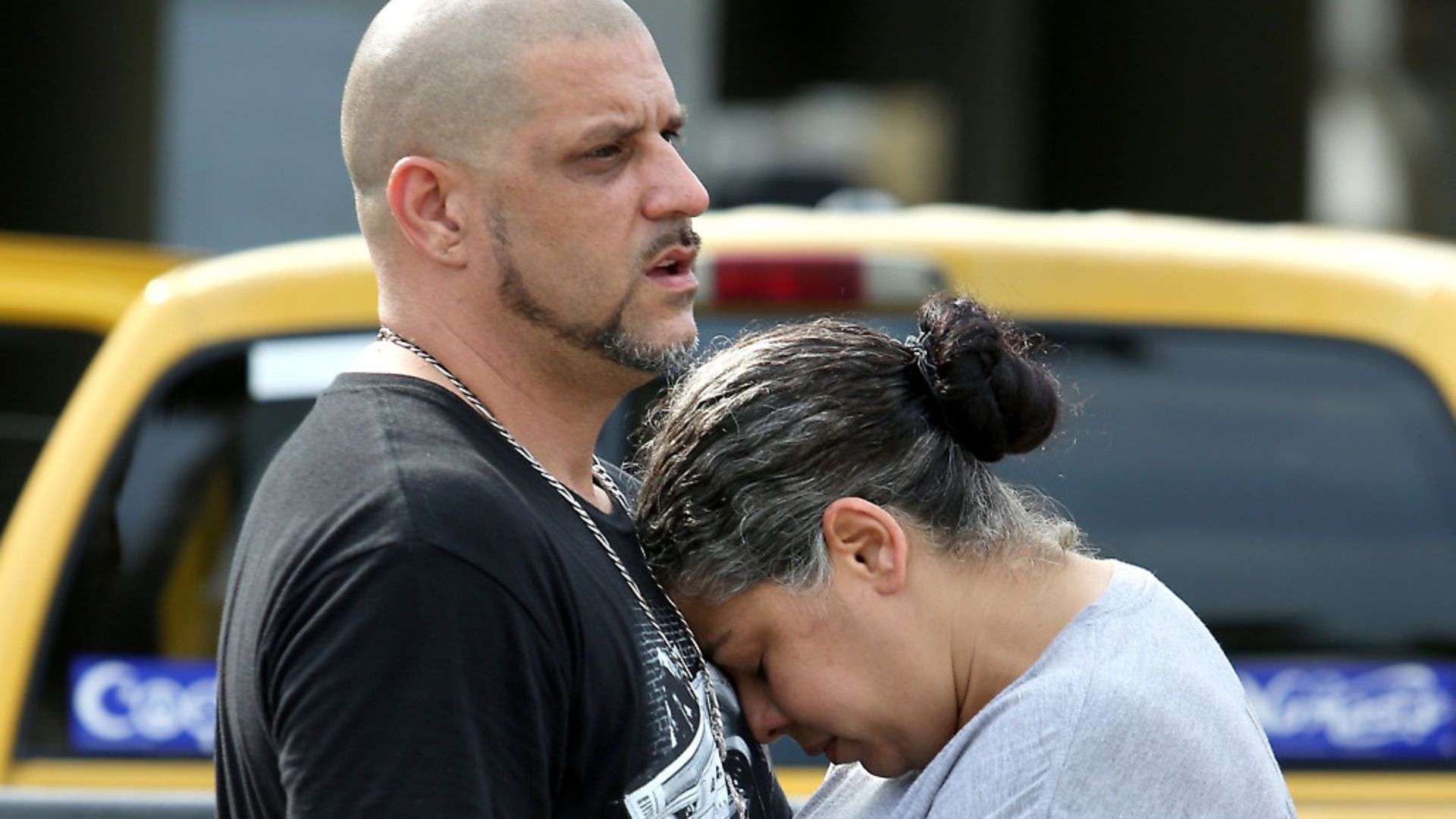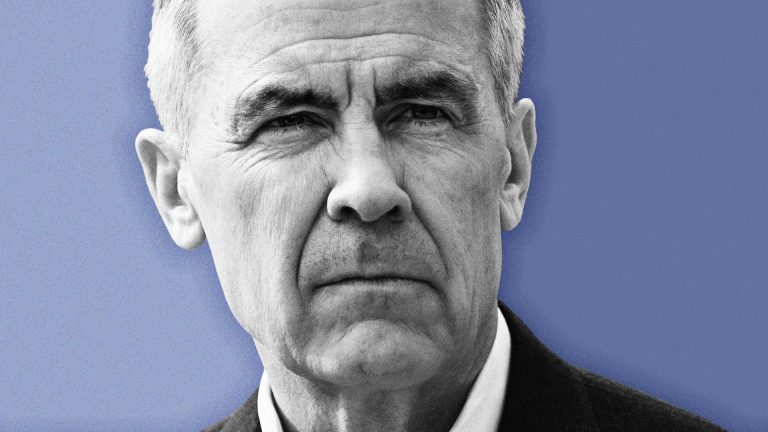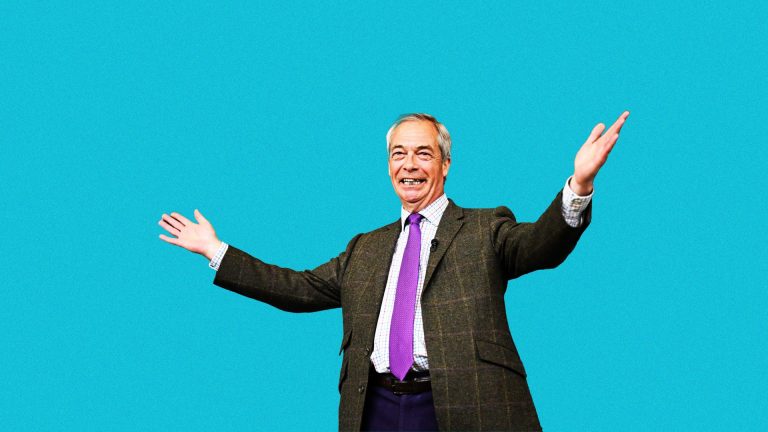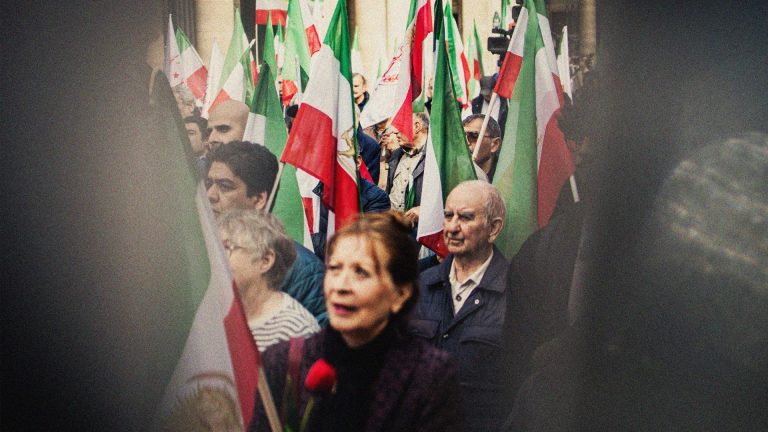
We must acknowledge it before we can address it
Over the past four months, there have been five murders committed by white supremacists or those associated with white supremacists groups in the United States. In February, two Indians were shot and one was killed in Kansas by a white man who shouted ‘get out of my country’ before opening fire. In March, James Jackson, an elderly black man was killed in New York by a white man who went to the city to ‘hunt black men’. Last week, Richard W. Collins III, a black college student was killed by a man who was a member of the Facebook group Alt-right Nation. Soon after, two men were stabbed to death and another hospitalised by a white supremacist who attacked them for coming to the defence of a Muslim and a black woman.
Since the 2016 presidential election, there have been more 1,000 hate-related incidents, many against Muslims. There has also been a rise in the number of hate groups operating in the United States for a second year in a row, according to the Southern Poverty Law Center (SPLC) monitoring group. In the first three months following Trump’s election, the group recorded 1,372 incidents related to racial or religious ‘bias’. Of that total, more than 25% were motivated by anti-immigrant sentiments. There has also been a ‘steady accumulation’ of white nationalist flyering reports distributed by organisations affiliated with the alt-right.
This is not a random rash. It is a flare up that has been aided and abetted by a political regime that has given its blessing. It is this sense of sanction that needs to be acknowledged. The signals being transmitted by the White House are not subliminal, they are overt. The cues are there and picked up by individuals and movements whose frequency is finely attuned to dog whistles. There is a straight line the can be drawn between elevating Breitbart’s Steve Bannon to a lofty position within the administration, cracking down on illegal immigrants and the Muslim travel ban, and white nationalists, led by Richard Spencer, chanting ‘Hail Trump. Hail our people. Hail our victory’. In December, the Ku Klux Klan held a victory parade celebrating Trump’s win. Months later, reports of race or religion related violence are reported on a regular basis. This is not only expected, it is inevitable.
But until Donald Trump expressly says ‘Go assault and murder in the name of white supremacy’, many will continue to deny that there is a direct correlation between political messaging and violence. Trump himself when called upon to comment on what had become an alarming pattern said on 60 Minutes that the reports were being ‘built up’ by the press. The telegraphed message couldn’t have been clearer if he’d winked at the camera. Go ahead, this is Trump’s America.
There is a worryingly similar dynamic taking shape in the UK where, during and since the Brexit referendum campaign, we have been subjected to unrestrained rhetoric scapegoating immigrants and Muslims, but denied an acknowledgment of their grave precipitations.
To talk about any emerging pattern that indicates that minorities are coming under increasing risk of violence in this country is to be told that one is being alarmist. Incidents of race related assaults spiked after Brexit (the Home Office reported a 41% spike in the month after the vote) but still some equivocated. On a panel at Oxford University, I was told by a fellow panel member that the figures were not reliable, because it might be that some are merely reporting incidents as race related in order to make it seem like Brexit is responsible.
This is presumably due to the fact that these assault victims are such passionate Remainers that when they are subject to an assault their first thought is ‘how do we pin this on Brexit’? Another suggestion was that cases of race related assault are static, but that after the referendum victims just assumed they were Brexit correlated, rather than just the work of your usual garden variety naturally occurring idiots. This also assumes that when reporting a crime, victims have the political presence of mind to attribute the cause of the crime. ‘He was drunk and abusive guvnor, it was most certainly Brexit’. If anything, there are reports that Polish people in the UK were failing to report hate crimes after Brexit for fear of losing work or falling out with their neighbours.
But this is the sort of pretzel-like logic that some twist themselves into in order not to acknowledge that there is any link between political messaging and vigilante violence, which not only goes against logic, but history. This contortion isn’t only on the right, but also now part of a general mainstream pushback, wrapped up in a defensiveness of Brexit and a general frustration with ‘identity politics’.
Not only do we turn a blind eye to what is happening on our own streets, but what is a clear cautionary tale elsewhere. In the United States the hardening of tone and subsequent passing of legislation targeting Muslims and immigrants cannot be separated from a rise in observable organised hate groups and hate crime.
It is not only the likes of UKIP and the right wing press that bring us pictures of hordes of immigrants taking Britain to ‘breaking point’, or refer to refugees as ‘cockroaches’, but mainstream politicians. Theresa May’s insular nationalism that derides ‘citizens of nowhere’, that tugs at resentment by saying that some ‘find your patriotism distasteful, your concerns about immigration parochial’ is at best clumsy populist posturing, at worst cynical electioneering. Either way it is irresponsible.
We now live in a country where a pregnant Muslim women lost her child because she was kicked in the stomach by a racist, where mosques are attacked, where a Muslim doctor who had spent 48 hours treating victims of the Manchester attack was abused after his shift. There is no avoiding the fact that we are building up to our own hate crime crisis and it must be acknowledged before it can be addressed. Denial is the mother of permission.
Nesrine Malik is a political columnist and broadcaster










